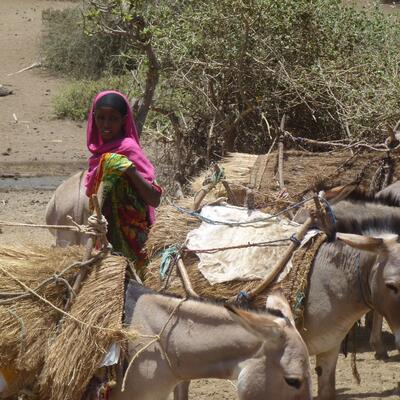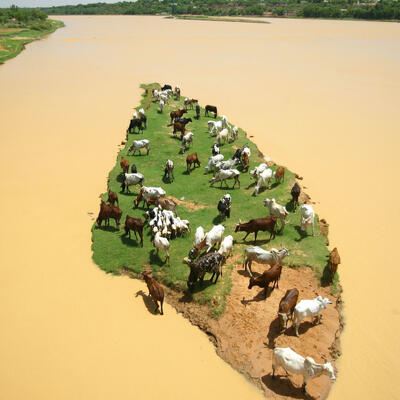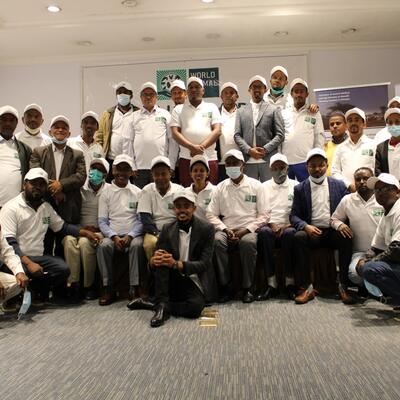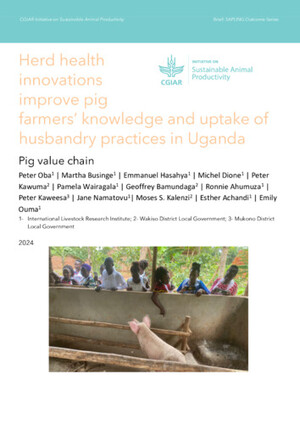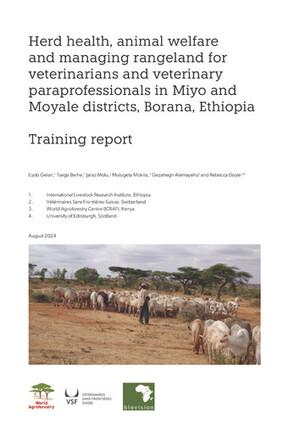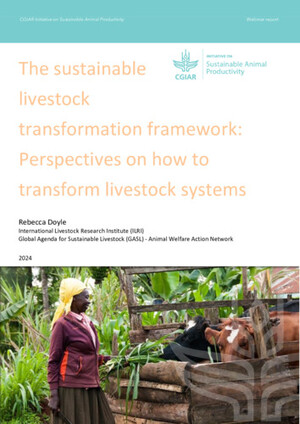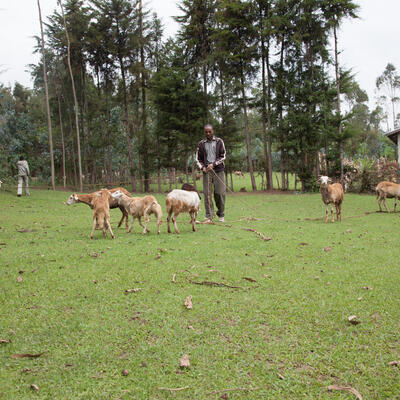
Mapping the issues of Indian donkey and mule population and identify the potential intervention strategies and partners
Donkeys and mules are owned by different communities in different regions of India. General extension or intervention approaches will not bring positive changes in the welfare of the equine population unless the associated challenges and opportunities within the different communities owning these animals are adequately studied. Furthermore, concentrating only on animal welfare will not bring positive changes when the root cause lies with the animal owning community's status and wellbeing. The intervention measures must consider a holistic One Health approach where human and animal welfare issues must be addressed simultaneously.
This scoping study will give an overview and map of the donkey and mule population, their usage and contribution to livelihood, characteristics of dependent communities, direct and indirect causes of poor animal welfare and potential stakeholders for future partnership. This study will help to formulate the appropriate interventions with the right institutional arrangements to bring positive changes in the welfare of the equine population and their human dependants.
During the study period, potential area/region of immediate intervention, innovative institutional arrangements and thematic areas for pilot action research will be identified. As ILRI is closely working with Indian Council of Agriculture Research (ICAR) institutions, therefore regional research institutions and universities will be involved throughout this research, which will highlight the welfare of working with equines at the national level for future policies.
Research aims/questions
• To identify the donkey and mule population, trend and their usage pattern in rural, urban and industrial development contexts in different regions of India
• To specify the communities who own the donkey and mule population in different regions of the country. Evaluate the human development indicators associated with these communities specific to different regions
• To identify the key challenges and opportunities that impact the welfare of human and equine populations (One Health approach) in the areas where donkey and mule populations are high
• Who are the stakeholders involved in the regions where donkey and mule populations are high?
• How can these projects or interventions, directly and indirectly, impact the welfare of the human and equine populations?






